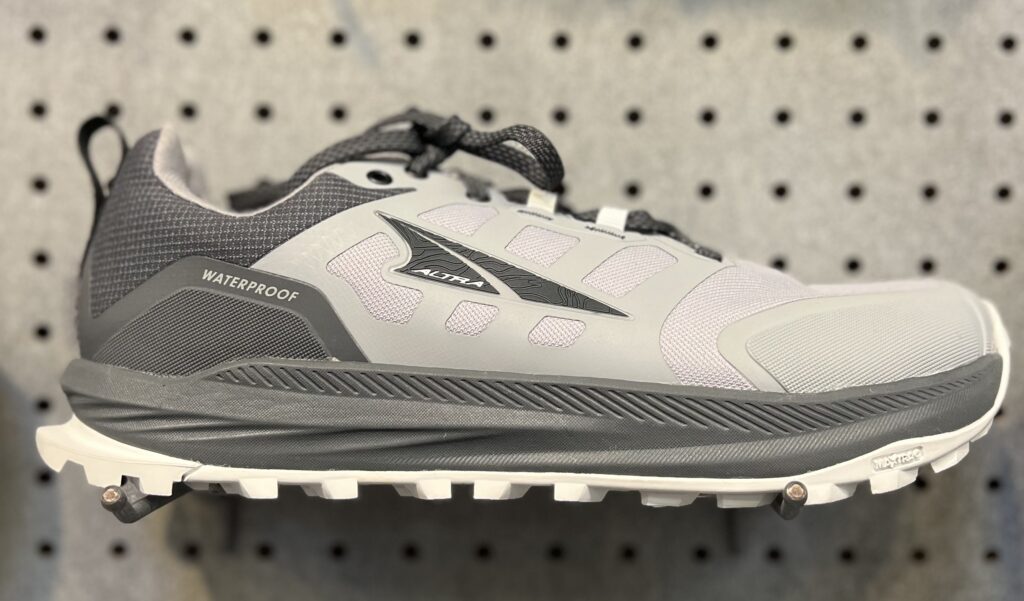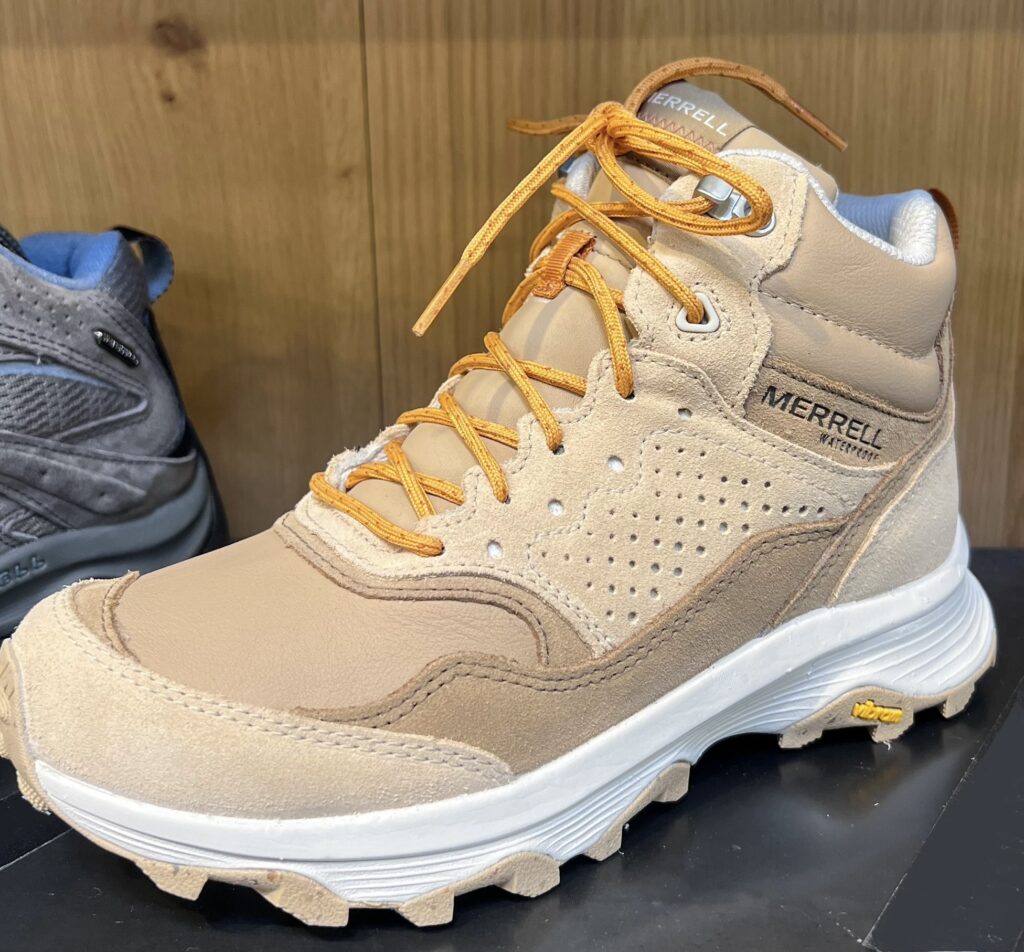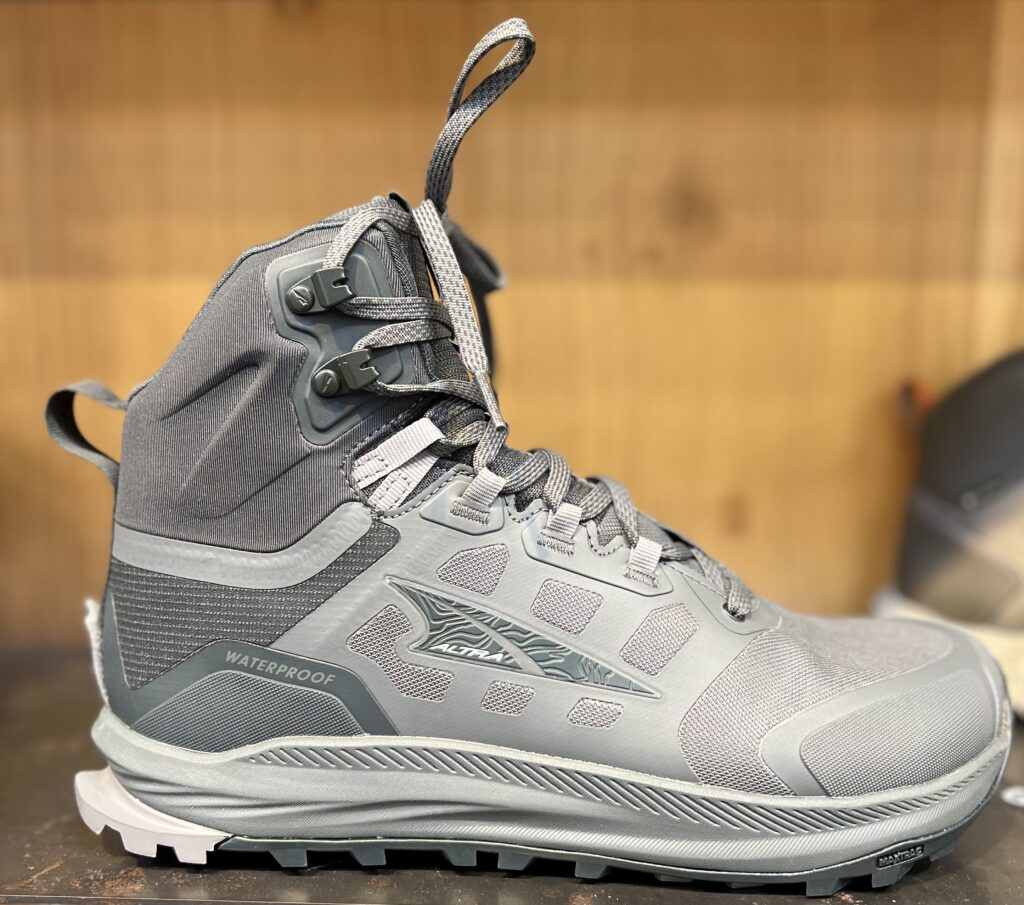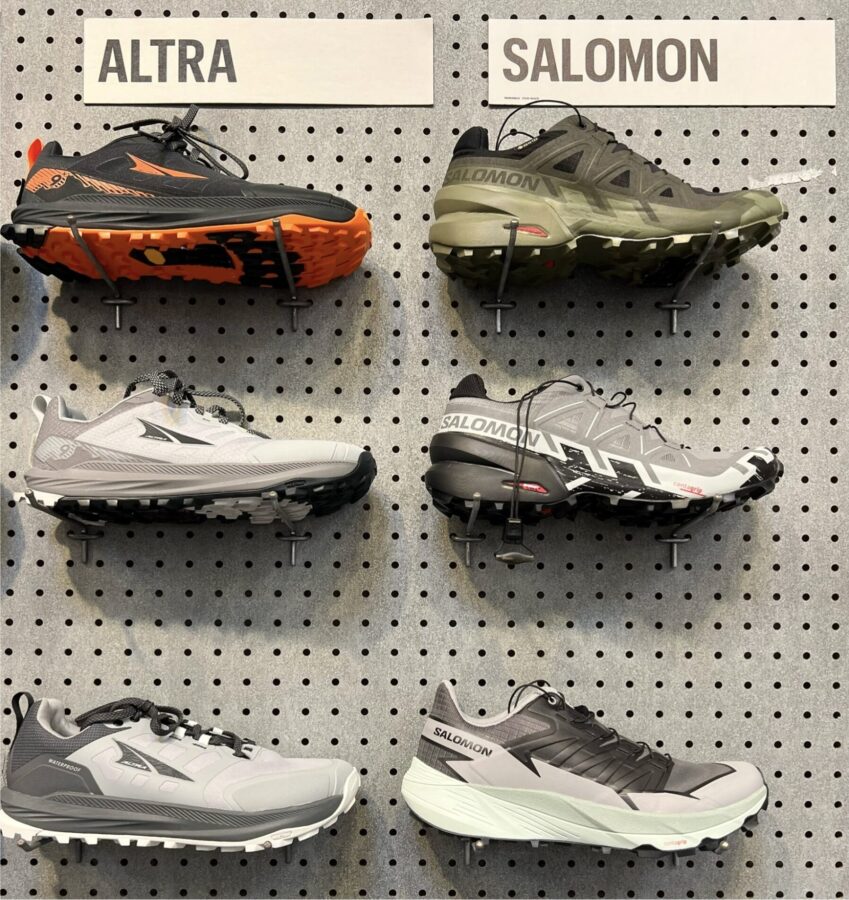The best hiking boots and trail shoes keep your feet comfortable, protected, and supported on every trail. With so many options out there, picking the right pair can get pretty overwhelming.
Brands like Salomon, Merrell, Hoka, and Altra have a reputation for comfort and reliability. They offer something for every kind of hiker. Whether you’re scrambling up rocky paths or wandering through forest trails, the right footwear really does make a difference. Expert reviews often mention models like the Salomon Quest 4 Gore-Tex Hiking Boots and HOKA Kaha 3 GTX Hiking Boots.
There are solid options for every need and budget, from tough boots for backpacking to lightweight shoes for quick day hikes. Traction, waterproofing, and breathability are features that can help, no matter the weather or terrain.
Top-Rated Hiking Boots & Trail Shoes
Getting the right footwear can make hiking a lot more comfortable and might even help prevent injuries. Fit, weight, support, and waterproofing are the big things to think about when picking boots or trail shoes.
Lightweight Trail Shoes
If you like moving fast and light, trail shoes are a favorite. These work best for well-kept trails and day hikes with a lighter backpack. They’re lighter than most boots and designed to let your feet breathe.

You’ll usually find flexible soles, extra cushioning, and mesh uppers to help with airflow. The Altra Lone Peak 9 is a standout—zero-drop platform, good grip, and a comfy, cushioned feel. They’re easy to pack and dry pretty fast if you splash through a puddle or two.
Trail runners are a go-to for folks with lighter loads or anyone who just wants to move quickly. They’re light and comfy on trails, but they might not be the best for rocky or rough terrain.
Benefits of Lightweight Trail Shoes

Supportive Hiking Boots
Supportive hiking boots are built for tougher trails and heavier loads. You get strong ankle support, tough outsoles, and way more protection than most trail runners. They’re a better pick for multi-day hikes, backpacking, or rough ground.

The Salomon Quest 4 Gore-Tex Hiking Boots are often recommended for support, waterproofing, and breathability. They keep feet secure and comfortable over distance. Stiffer soles help prevent foot fatigue on rocky stretches.
Sure, boots are heavier than trail shoes, but if you need the stability, that extra weight is usually worth it. Many hikers stick with boots for the grip and support, especially if they’re carrying a heavy pack.
List: Key Features of Supportive Boots
- Durable leather or synthetic construction
- High-cut for ankle protection
- Thick, rugged soles for rough terrain
Best Waterproof Options
Waterproof footwear matters for wet trails, rainy days, or crossing streams. Most hiking boots and trail shoes use a membrane like Gore-Tex to keep water out but still let sweat escape.
The Salomon Quest 4 and Altra Lone Peak 9 Waterproof Mid are both solid picks for dry feet and good grip. If you hike in the rain or mud a lot, these are worth a look.
Waterproof shoes can run a bit warmer than non-waterproof ones, so finding a balance between keeping water out and letting moisture escape is key. Outdoor experts suggest looking for a proven waterproof membrane and checking seams for leaks.
Top Waterproof Features

Key Features To Consider
Picking hiking boots or trail shoes isn’t just about style. The right pair can change your stability, comfort, and how long your footwear lasts out there.
Traction and Outsole Performance
Traction is huge for safety, especially on rocky, muddy, or uneven trails. The outsole is what really decides your grip. Deep, aggressive lugs bite into dirt and loose soil, which helps keep you upright.
Rubber compounds are different depending on brand and model. Softer rubber can grip better but might wear out quicker. Harder rubber lasts longer but sometimes just doesn’t stick as well on slick rocks.
Multi-directional lugs add stability for both climbing and descending. If you see Vibram or another trusted outsole brand, that’s usually a good sign. Outsole patterns can make a difference—some work better in mud, others in dry dust.
Match the tread to your usual trails. Shallow lugs are fine for packed dirt, but deeper treads are better for mud or steep hills.
Fit and Comfort
A good fit means fewer blisters and less pain. Boots shouldn’t pinch or squeeze. Your toes should have room to wiggle, but not so much that your foot slides around.
Try boots with the socks you plan to hike in. Walk up and down an incline if you can. Your heels should stay put, not lift with every step.
Some boots have extra ankle padding for support, while others are lighter and more flexible. Breaking in new boots before a long hike is smart. A comfortable fit just makes it easier to keep going. Laces matter, too—they need to stay tight and be easy to adjust.

Material Durability
How long your footwear lasts depends a lot on the materials. Full-grain leather is super tough and shrugs off abrasion. It’s common in boots built for really rough trails.
Split-grain leather and synthetics like nylon mesh are lighter and dry out faster, but they might not last as long if you’re rough on your gear. Reinforced toe caps or heels can help extend a shoe’s life.
Some newer trail shoes use fused layers or welded seams to add toughness without adding weight. Think about how often and where you’ll hike. For gnarlier trails, it’s usually better to prioritize support and durability.
Water Resistance and Breathability
Rain, puddles, streams—keeping feet dry is a big deal for a lot of hikers. Many boots have waterproof membranes like Gore-Tex built into the lining to block water.
On hot days, waterproof boots can feel warmer since they’re less breathable. Mesh trail runners dry fast if they get soaked, which is handy for warm, wet hikes.
Look for breathable uppers if you hike in dry or hot places. There’s always a trade-off: heavier boots keep water out better, but lighter shoes let your feet breathe.
Best Hiking Boots For Different Terrains
Terrain matters when picking hiking boots. The surface, weather, and how much support you need all play into comfort and safety out there.
Rocky and Mountainous Trails
Rugged, rocky trails need boots with solid support and tough soles. Stiff midsoles keep your feet steady, and aggressive lugs help grip rocks and loose dirt. High-cut boots protect ankles from twisting and sharp edges.
Leather uppers or reinforced synthetics handle abrasion better. Toe caps add a little insurance against stubbing your foot. A lot of hikers reach for models like the Salomon X Ultra or Lowa Renegade for these kinds of hikes.
On sharp rocks or steep climbs, a snug fit keeps your foot from sliding. Extra padding in the collar and tongue can make long descents less painful. Waterproofing is helpful if you’re crossing streams or snowfields.
Muddy and Wet Environments
For mud and wet trails, waterproofing and grip are everything. Gore-Tex or other waterproof linings keep feet dry in puddles and rain. Sealed seams and gusseted tongues help keep water and mud out.
Deep, spaced-out lugs shed mud and help prevent slips. The Hoka Kaha 2 GTX is a good example—great water protection and lots of cushioning. High or mid-cut boots keep mud out and support your ankles.
Breathable materials help with sweat. Removable insoles can speed up drying if things get soaked. Quick-lace systems are handy when your boots are wet or your fingers are cold. If you’re hiking through creeks or rainy forests, tough waterproof boots are a must.
Best Trail Shoes For Various Activities
The best trail shoes depend on what you’re doing, where you’re going, and what features you need. Some are all about stability, others about speed or protection.
Day Hiking
For day hikes, you want shoes that are light, stable, and comfortable. Good grip is important, especially if you hit rocky or uneven ground. Breathable mesh uppers are a plus for keeping feet cool.
Popular brands like Salomon, Merrell, and Hoka make solid day hiking shoes. They usually have enough cushioning for comfort but aren’t as heavy as boots. Some have reinforced toe caps for extra protection.
Fit matters. Snug is good for avoiding blisters, but your toes still need a little wiggle room. Waterproof shoes are out there, but non-waterproof options dry faster if you get wet. Traction, comfort, and breathability are what most people want in a day hiking shoe.
Trail Running
Trail running shoes should be light and responsive. Runners need grip, cushioning, and a bit of protection. Models like the HOKA Mafate Speed 4 and Salomon Thundercross get high marks for support and traction, according to REI.
Mesh uppers and reinforced sides help keep feet cool and secure. Grippy lugs make a difference on mud, gravel, and hills. Most trail runners use flexible materials so your feet can adapt to roots and rocks.
Some trail running shoes have rock plates for extra protection. You can find waterproof versions, but some runners prefer the airy, lightweight feel of non-waterproof shoes. It’s all about finding that sweet spot between speed, cushion, and protection—without extra bulk.
Long-Distance Backpacking
Long-distance backpackers need shoes built for endurance and heavy loads. Cushioning matters more here, since your feet are taking a beating mile after mile.
Top models like the Altra Lone Peak and HOKA Speedgoat 5 combine soft midsoles with supportive uppers and tough rubber outsoles. Scarpa throws the Spin Planet into the mix for long treks, and it’s got a reputation for stability.

Extra padding helps, but you don’t want shoes that feel mushy underfoot, especially if you’re swapping between a light daypack and a loaded backpack. A wider toe box is a lifesaver after hours on the trail, letting your feet splay out and breathe a bit.
Durable materials are a must, since rocks, roots, and mud will shred flimsy shoes in no time. Backpackers sometimes go for water resistance, but honestly, quick-drying mesh can be just as handy if you’re crossing streams or caught in rain.
Traction you can trust and comfort that lasts—those are the real priorities. And don’t overlook the basics: a proper fit, decent arch support, and laces that actually stay tied can make or break a long trip.
Care, Maintenance, And Longevity
Taking care of hiking boots and trail shoes really does make a difference in how long they last and how well they hold up on the trail. Dirt, water, and just plain neglect can wear down boots over time, breaking down materials and making them lose their support.
Cleaning steps:
- Brush off loose dirt after every hike—doesn’t have to be perfect, just get the big stuff.
- Wipe with a damp cloth to deal with mud and those stubborn stains.
- Let boots air dry, but don’t put them near a heater or fire. Tempting, but not worth it.
Leather boots are a bit needier. When the leather’s still a little damp from cleaning, go ahead and spray on a waterproofing spray. That helps shield the material and keeps water from seeping in.
Care tips for long-lasting boots:
- Skip the dryer and keep boots away from heaters—seriously, it’s not worth the risk.
- Shoe trees or even crumpled paper can help boots keep their shape.
- Once they’re clean, stow them in a cool, dry spot.
Below is a table of do’s and don’ts:





